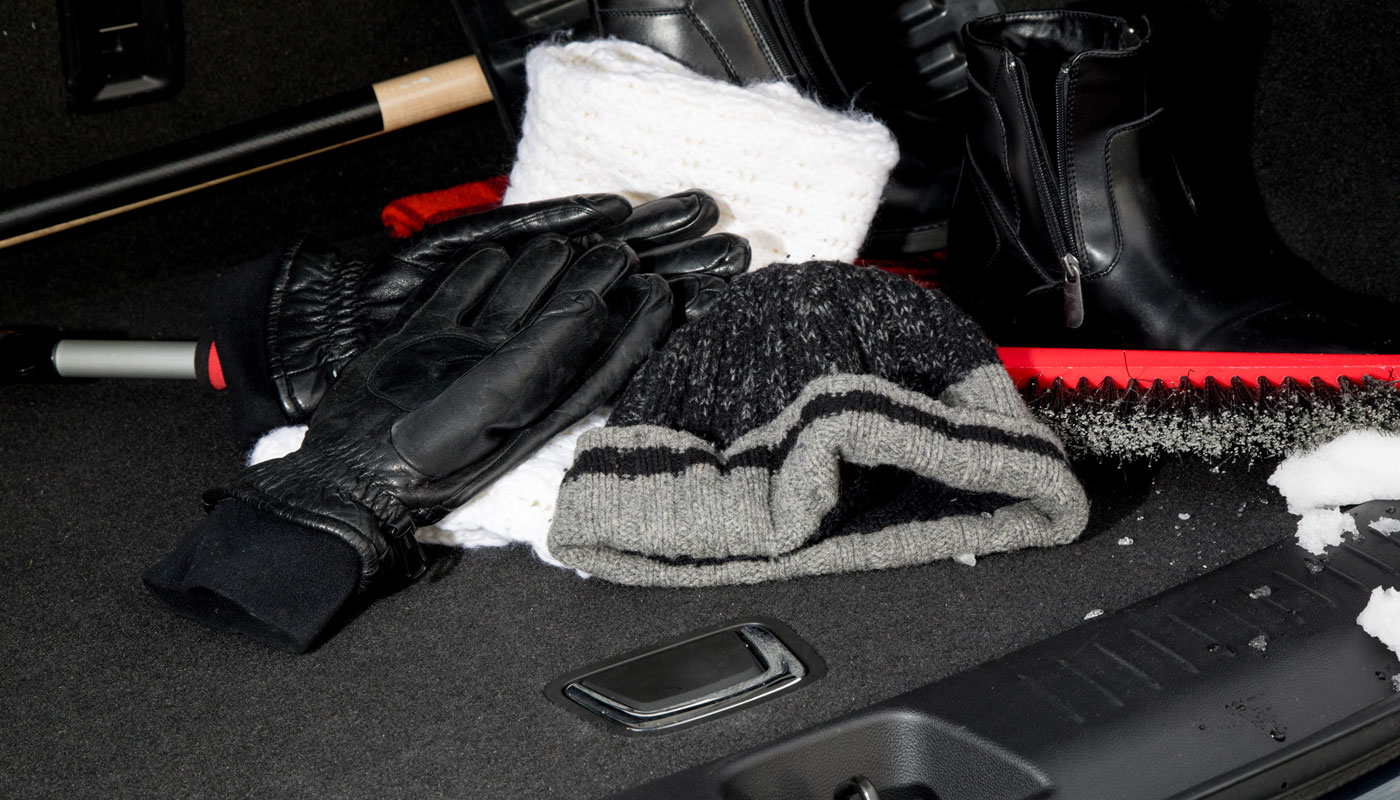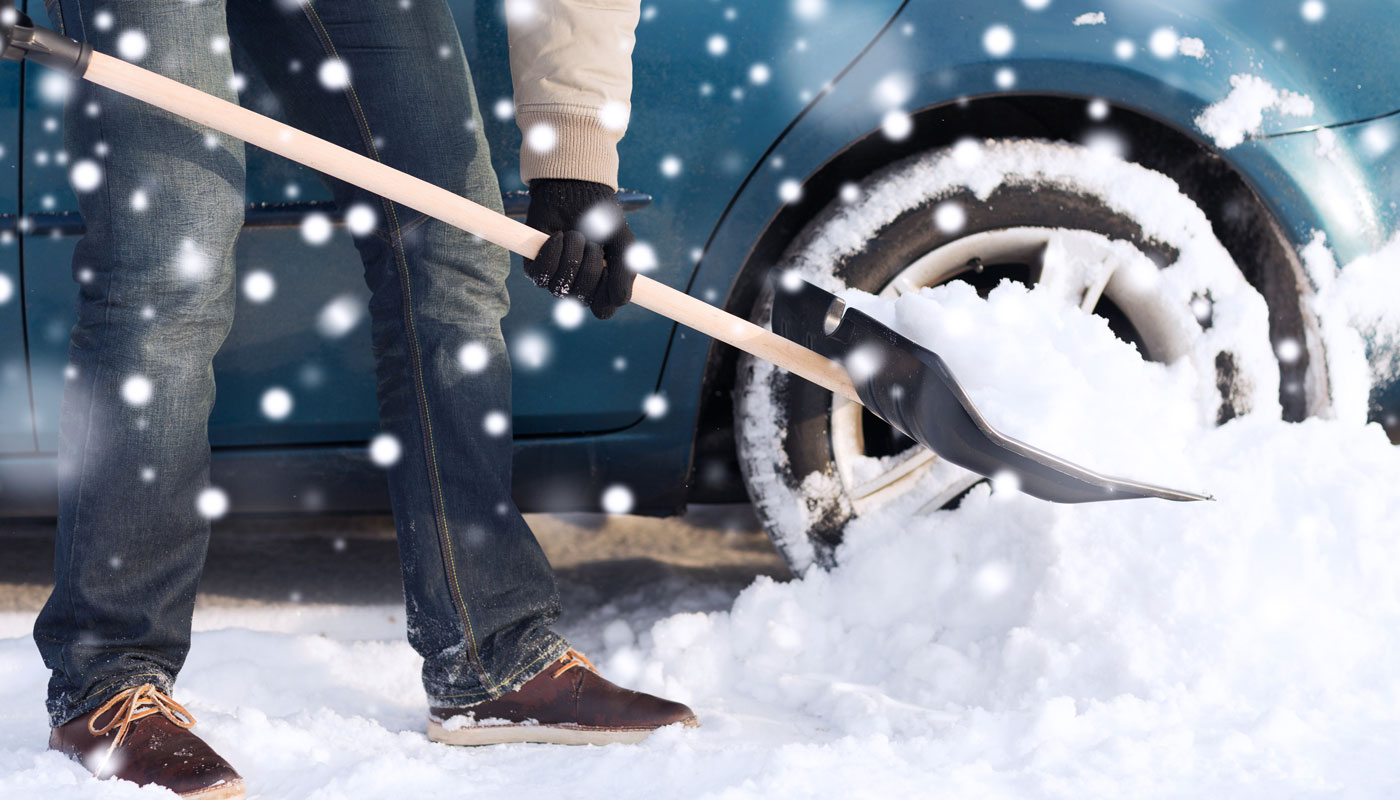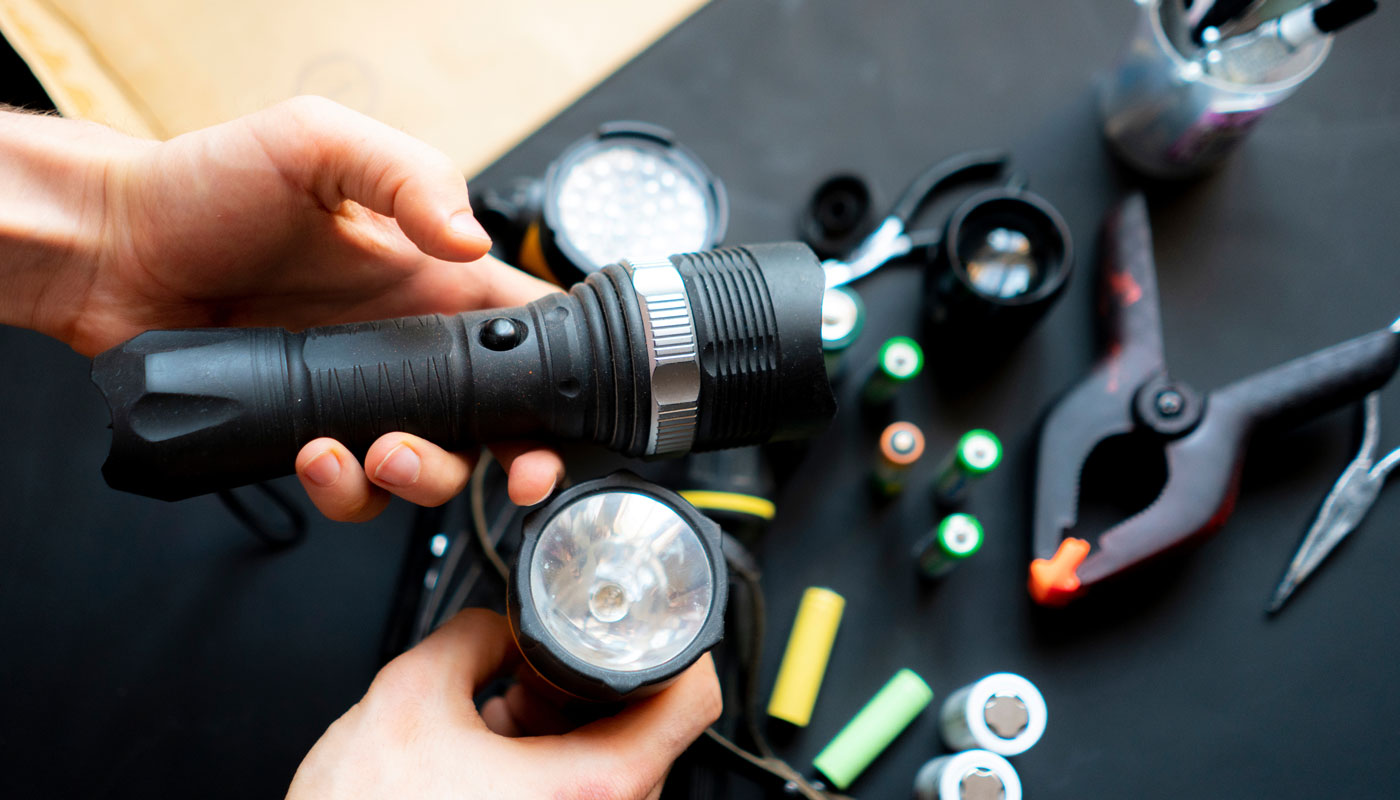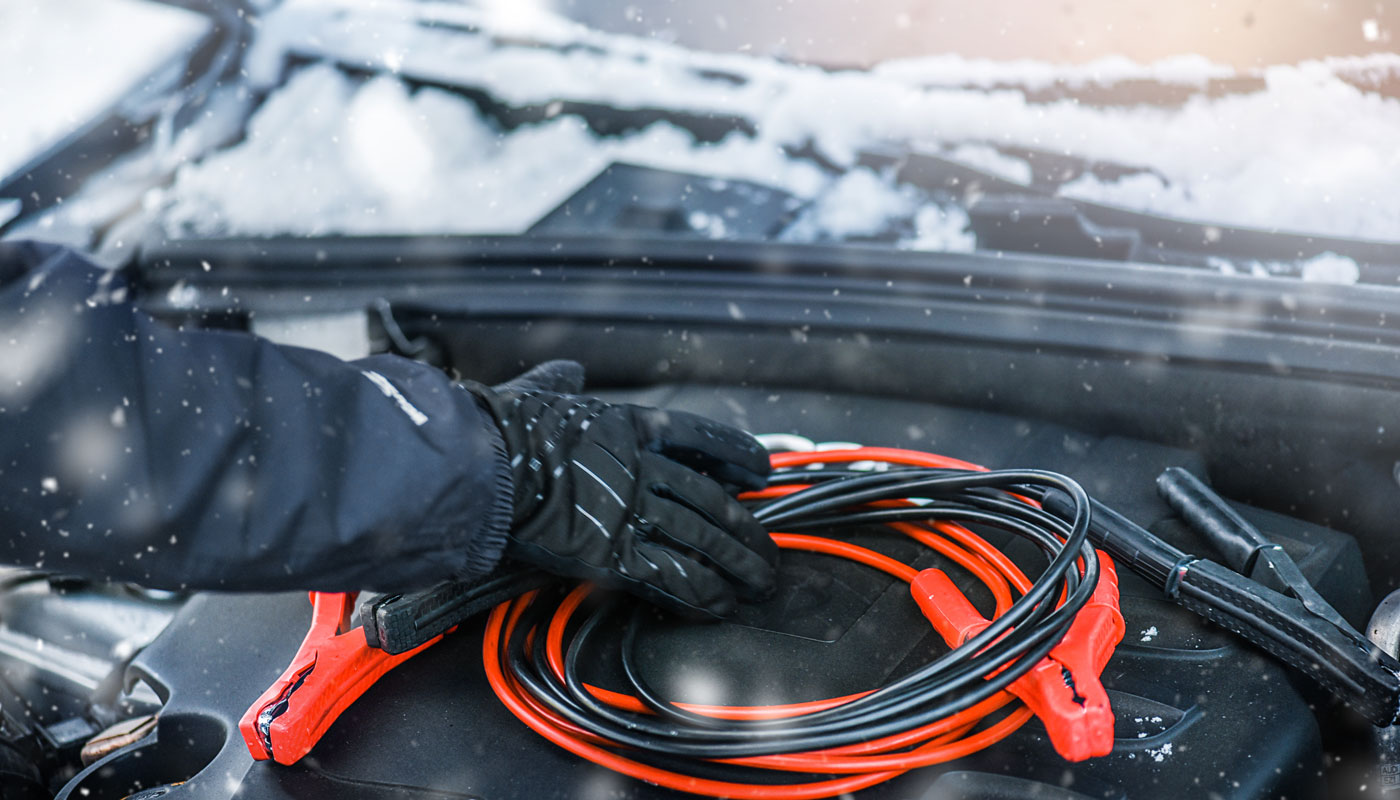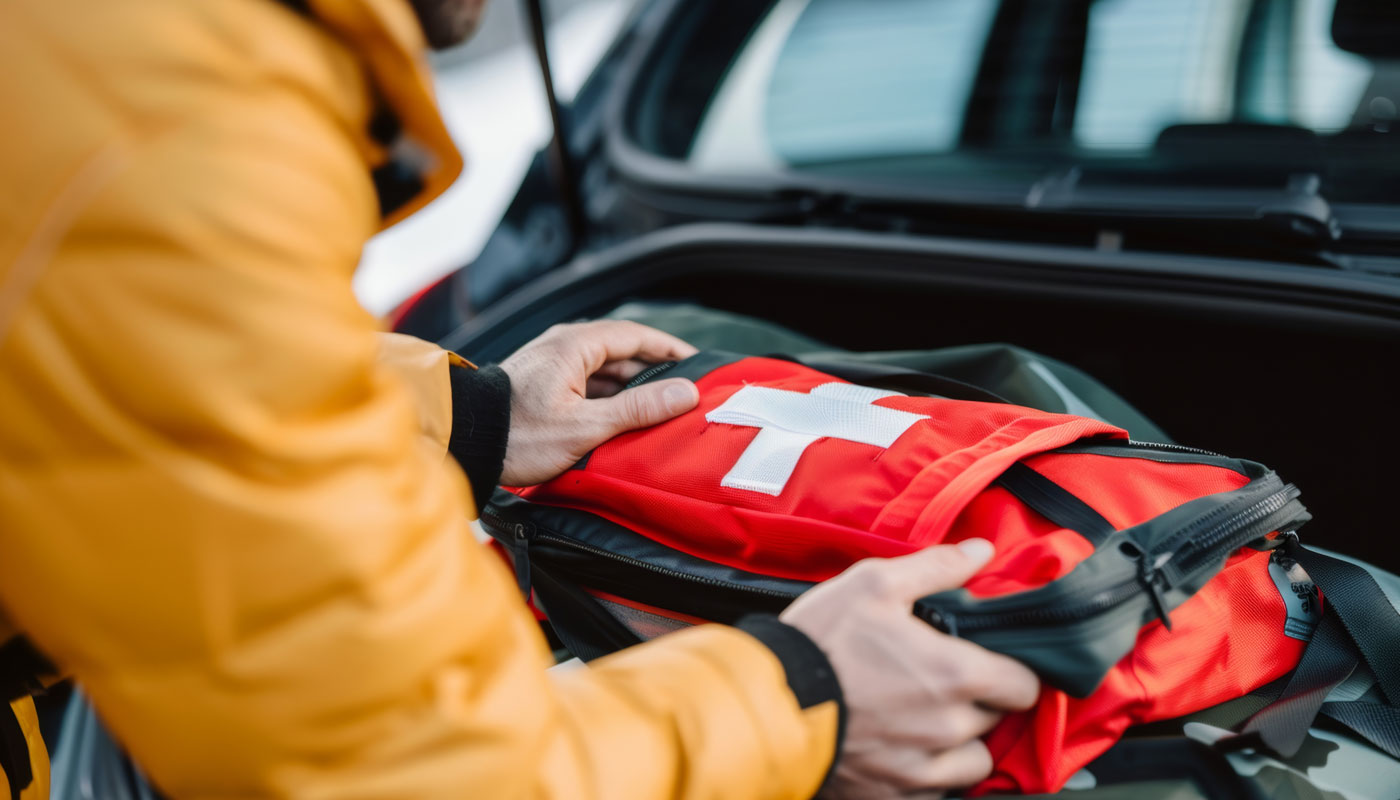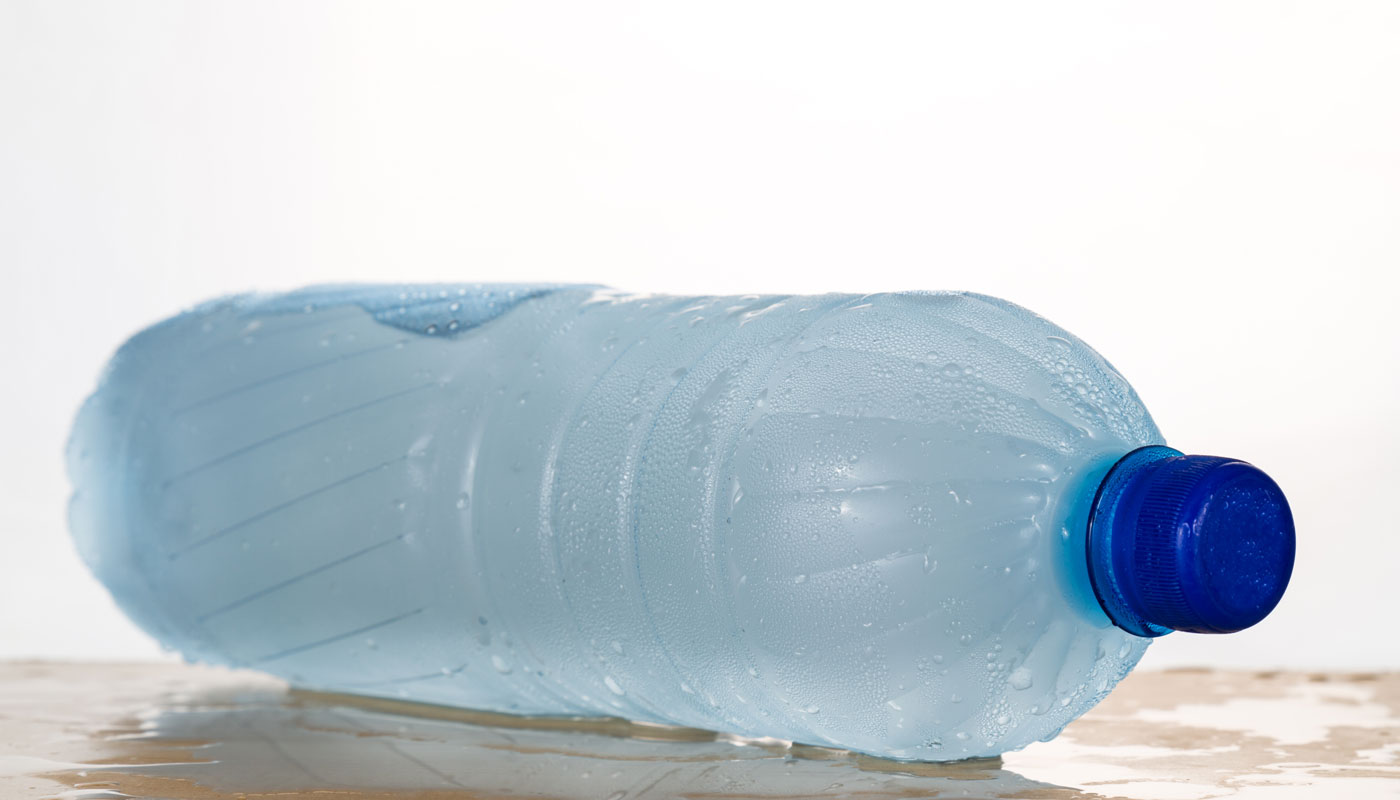As the winter winds threaten to rip the last leaves of Autumn from the mostly bare branches they cling to, it is time to assemble your winter car emergency kit. Bad weather, unexpected road obstructions and vehicle failures could cause unexpected delays and breakdowns. If you find yourself stranded on a rural road as inclement weather rolls in, you could be stuck in your car waiting for rescue for an extended period. Having a winter weather survival kit on hand will help keep you more comfortable and, most importantly, safe while you wait.
As you craft your car survival kit, it is important to understand that leaving everything in your car always may not be a viable option. Sure, it can be convenient to keep frequently used items in your vehicle instead of repeatedly dragging them to and from the house. But not everything can withstand winter’s freezing temperatures. To ensure that you always have the necessities in your car, consider dividing your kit in half with one bag or box dedicated to your car and another for the items that need to be stored in warmer temperatures.
Here are the things to keep in your car during winter to help you stay safe—and what shouldn’t be left out in the cold:
Ten things for your winter car survival kit
1. Sturdy ice scraper and brush: This is one of the single most important tools you can keep in your vehicle during the winter. An emergency may dictate a speedy departure leaving you with no time to wait for your windows to defrost. A scraper can expedite this process. Emergency or not, it is imperative to scrape off all your windows before you drive. While scraping ice is no fun, your safety and the safety of others depends on your ability to see.
